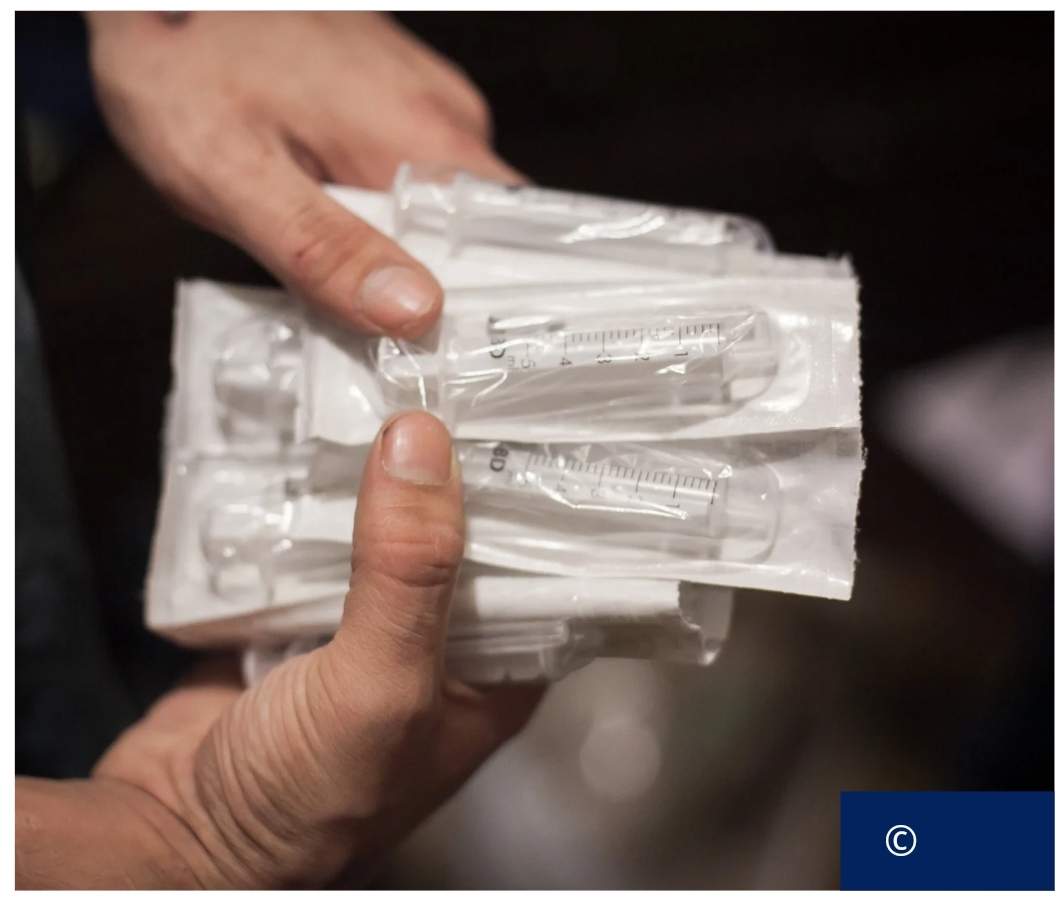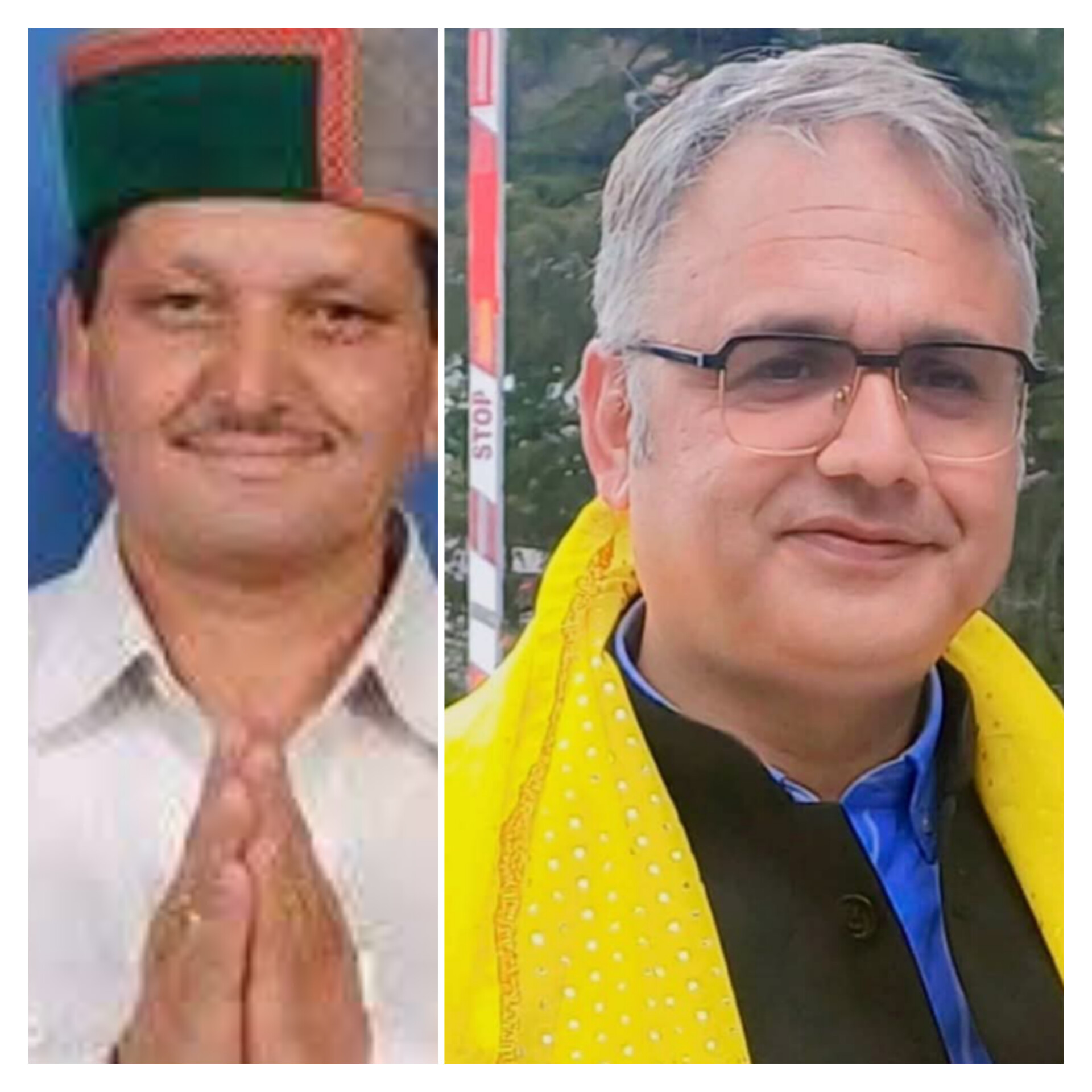UN Commission on Narcotic Drugs Places Five New Psychoactive Substances Under International Control.
WHO Recommendations Lead to New Measures to Address Public Health Risks Posed by Synthetic Drugs.
Vienna, Austria:
Following the recommendations of the World Health Organization (WHO), the United Nations Commission on Narcotic Drugs (CND) has decided to place five new psychoactive substances and one medicine under international control. The decision, which was announced during the 68th regular session of the CND in Vienna, aims to combat the growing public health threats posed by these substances, many of which are clandestinely manufactured and have no known therapeutic use.
The recommendations were developed by the WHO Expert Committee on Drug Dependence (ECDD), a group of global experts tasked with analyzing the health risks of psychoactive substances circulating in the global market. These substances have been flagged for their potential to cause significant harm to individuals and societies, particularly among vulnerable groups like youth.
Substances Placed Under International Control:
Four substances added to Schedule I of the Single Convention on Narcotic Drugs (1961):
- N-Pyrrolidino protonitazene: A synthetic opioid identified in falsified pharmaceutical opioid tablets. It has been reported to cause severe harm, including death, with no known therapeutic use.
- N-Pyrrolidino metonitazene: Another synthetic opioid with harmful effects and no therapeutic value. It is commonly administered via injection and has been linked to significant health risks, including fatalities.
- Etonitazepipne (N-piperidinyl etonitazene): This synthetic opioid, often found as a crystalline solid, has been shown to cause substantial harm, including death, and has no medical application.
- N-Desethyl isotonitazene (norisotonitazene): A synthetic opioid identified in falsified drugs. It has been associated with multiple deaths and hospitalizations across regions, with no recognized therapeutic use.
One substance placed in Schedule II of the Convention on Psychotropic Substances (1971):
- Hexahydrocannabinol (HHC): A semi-synthetic cannabinoid found in various products, including e-liquids, gummies, and oils. It has been found to pose a public health risk due to its widespread nonmedical use, including in products like electronic cigarettes and cannabis-infused goods.
One substance placed in Schedule IV of the Convention on Psychotropic Substances (1971):
- Carisoprodol: A muscle relaxant that has been linked to nonmedical use and is increasingly associated with significant public health risks in various countries. Carisoprodol is available in both pharmaceutical and falsified forms, with growing concerns over its misuse.
WHO’s Role in Monitoring and Regulation:
Dr. Deus Mubangizi, WHO Director for Health Product Policy and Standards, emphasized the importance of these measures: “These substances have been brought to WHO’s attention for being clandestinely manufactured, posing serious risk to public health and society without any recognized therapeutic use.” He expressed satisfaction that the CND accepted WHO’s recommendations, highlighting the need for countries to be vigilant in protecting vulnerable populations, especially youth, from these harmful substances.
Ongoing Global Concerns:
The report also reflects the continued emergence of dangerous synthetic substances, including opioids like fentanyl and nitazenes, which have led to a global health crisis. The WHO and CND have indicated the need for more scientific reviews of these substances to better inform future decisions on drug control.
The ECDD, which has been convening for over 70 years, continues to play a vital role in ensuring that psychoactive substances are controlled to protect public health while ensuring that necessary substances are available for medical and scientific purposes. The committee conducts scientific reviews at the request of the CND and provides critical health recommendations to guide international drug policy.
Looking Forward:
As the global landscape of psychoactive substances evolves, WHO and the CND remain committed to addressing emerging threats posed by new drugs. The addition of these substances to international control lists is a critical step in reducing their availability and mitigating their public health impact.
These decisions come as part of the ongoing efforts to combat the rise of synthetic opioids and other harmful substances that continue to jeopardize the health of individuals worldwide, with a particular focus on the youth population.
The measures were formally announced during the 68th regular session of the UN Commission on Narcotic Drugs, held in Vienna, Austria, from March 10 to 14, 2025.




